If you’ve walked into any gym lately, you’ve probably seen someone squatting on a Smith machine—either confidently knocking out reps or cautiously testing the waters. Whether you’re a beginner or just curious about changing up your routine, understanding how to use the Smith machine for squats can offer a controlled, effective approach to building lower-body strength.
Why Consider Squatting on the Smith Machine?
The Smith machine provides a fixed bar path that moves vertically, which can help stabilize your body during exercises. For many people—especially beginners, those recovering from injuries, or lifters training alone—this stability is a major benefit.
Here’s what makes the Smith machine an appealing tool for squats:
-
Controlled Movement: Unlike free weights, the bar is guided on rails, reducing the need for balance and letting you focus on proper form.
-
Safety Stops: Most Smith machines come with adjustable safety catches, allowing you to lift heavy without a spotter.
-
Muscle Isolation: The guided track can help target specific muscles, especially the quads and glutes, by adjusting your stance and foot placement.
How to Do Squats on a Smith Machine
Getting started is simple, but form is everything. Follow these steps:
-
Position the Bar: Stand under the bar so it rests across your upper traps, not your neck. Your feet should be slightly forward—not directly under your hips like in a free-weight squat.
-
Unrack the Bar: Rotate it out of the locking mechanism and make sure the path is clear.
-
Lower with Control: Descend slowly by bending your knees and hips, keeping your core tight and chest lifted. Aim to reach at least parallel.
-
Drive Up: Push through your heels to return to standing. Be mindful not to lock out your knees.
Tip: Your foot placement makes a big difference. A more forward stance emphasizes the glutes and hamstrings, while a closer stance targets the quads.
Common Questions About Squatting on the Smith Machine
Can you do squats on a Smith machine effectively?
Absolutely. While it doesn’t replicate the full-body demand of a barbell squat, it’s highly effective for controlled strength training and muscle growth. It's also ideal for learning proper squat mechanics before progressing to free weights.
Is the Smith machine good for squats?
It’s a solid tool, especially for hypertrophy (muscle building) and focused training. Many lifters incorporate it alongside other squat variations to reduce injury risk and build strength in a more isolated way.
Is it cheating to use the Smith machine for squats?
Not at all. It’s just a different tool. What matters most is using it with intention and proper technique. Many experienced athletes include Smith machine squats in their programs, particularly when aiming to pre-fatigue muscles or reduce joint stress.
Personal Experience: How the Smith Machine Helped Me Rebuild
After a minor back injury a few years ago, I found myself hesitant to return to barbell squats. I needed a way to keep training without risking further strain. The Smith machine became my go-to.
At first, I focused on high-rep, low-weight sets to reinforce my form and regain confidence. Over time, I experimented with split squats, tempo squats, and paused reps—all on the Smith machine. Not only did it keep me consistent, but it also helped me rebuild strength in a more mindful way. Now, even though I’ve returned to barbell squats, I still cycle in Smith machine variations for added volume and control.
Final Thoughts
Using the Smith machine for squats is more than just a beginner’s fallback—it’s a smart, versatile approach for lifters of all levels. Whether you're nursing an injury, training alone, or simply looking to challenge your legs in a new way, squatting on the Smith machine can be a powerful addition to your routine.



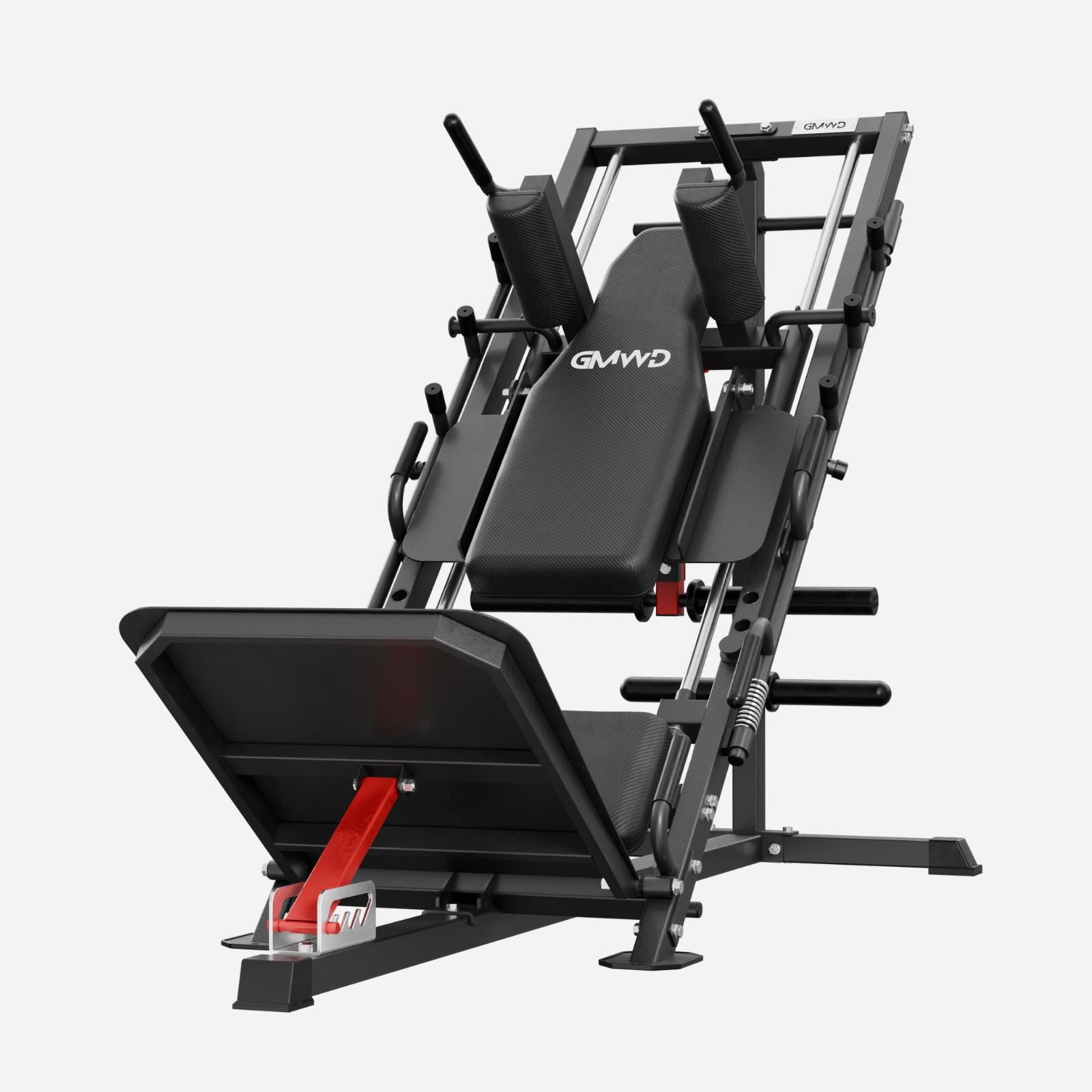


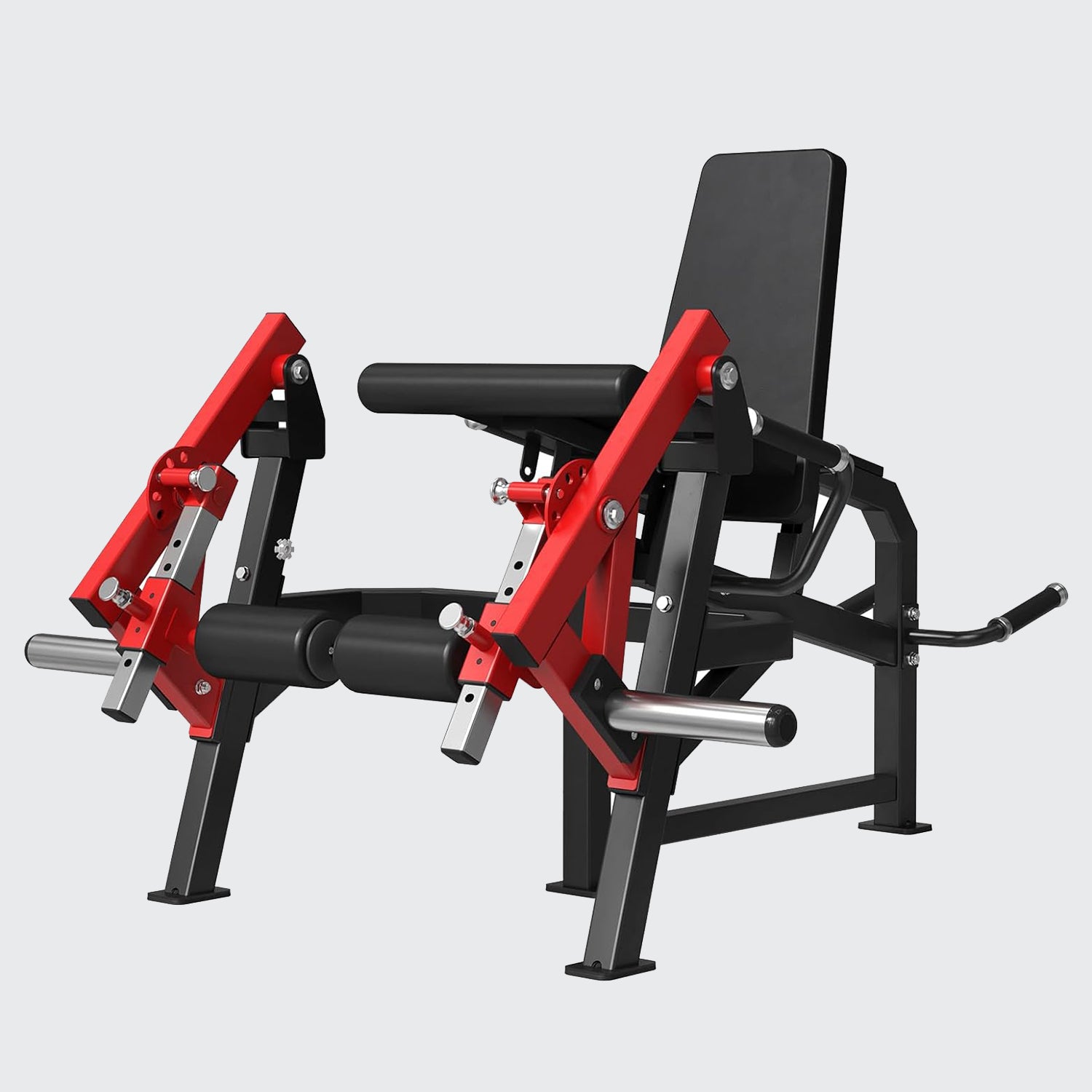
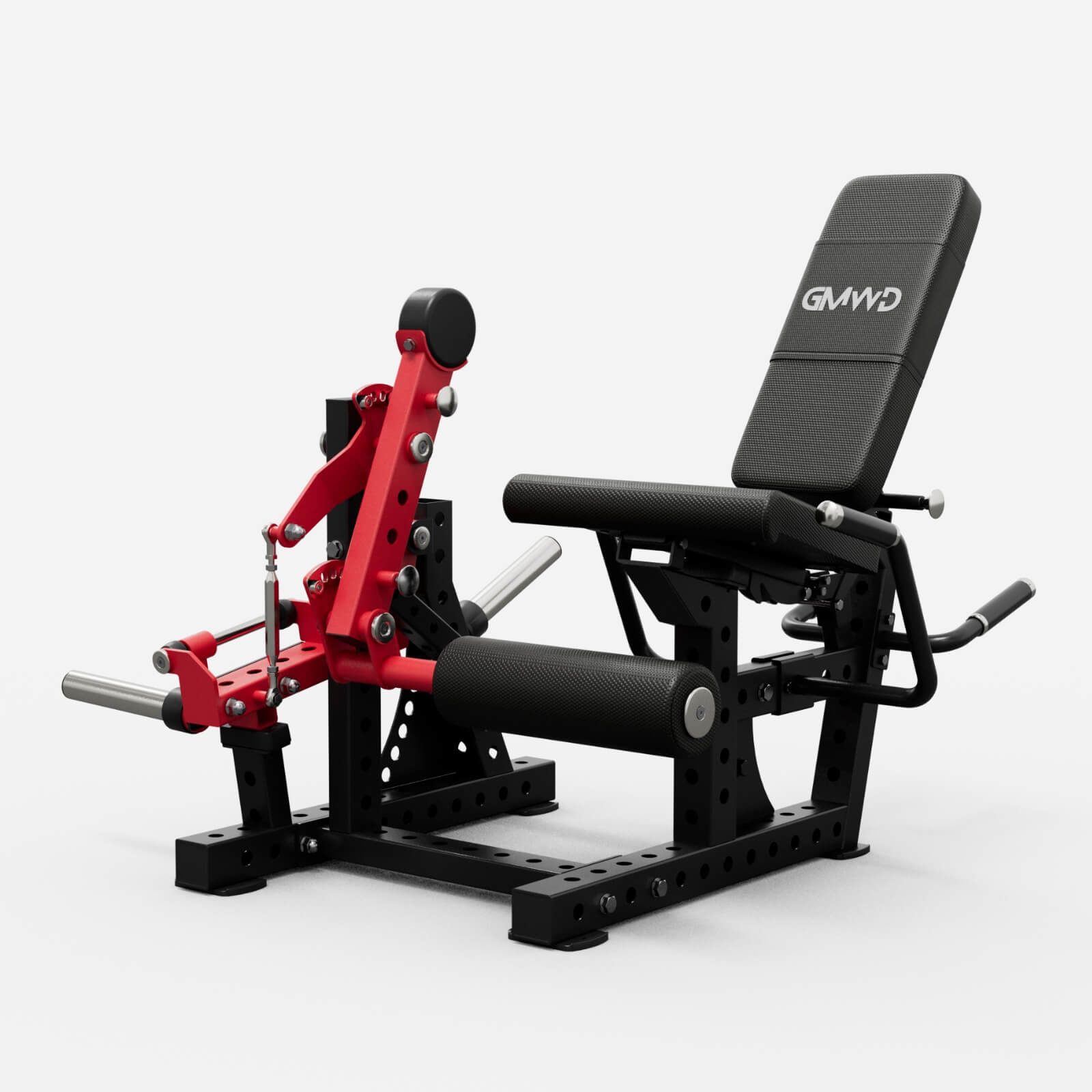

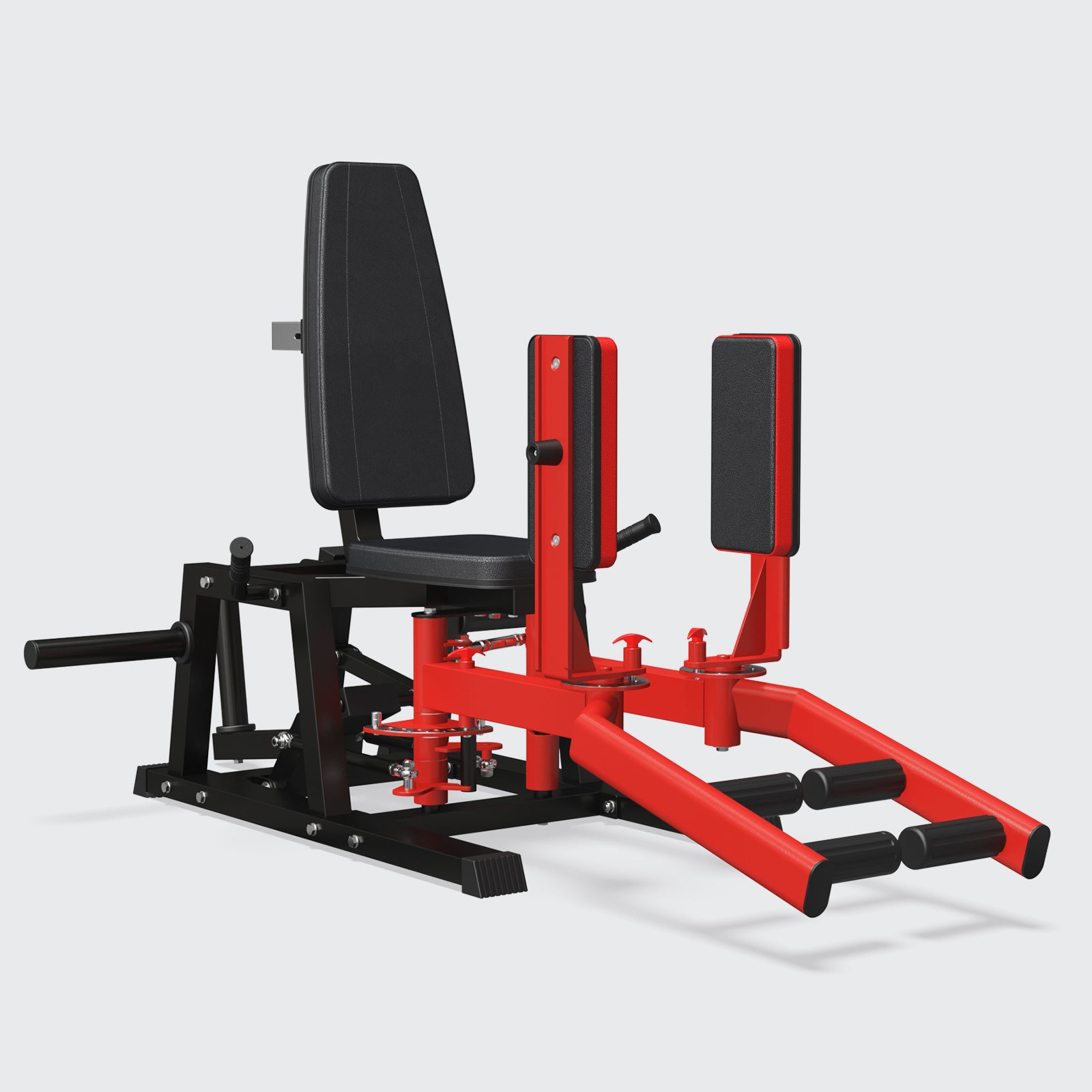
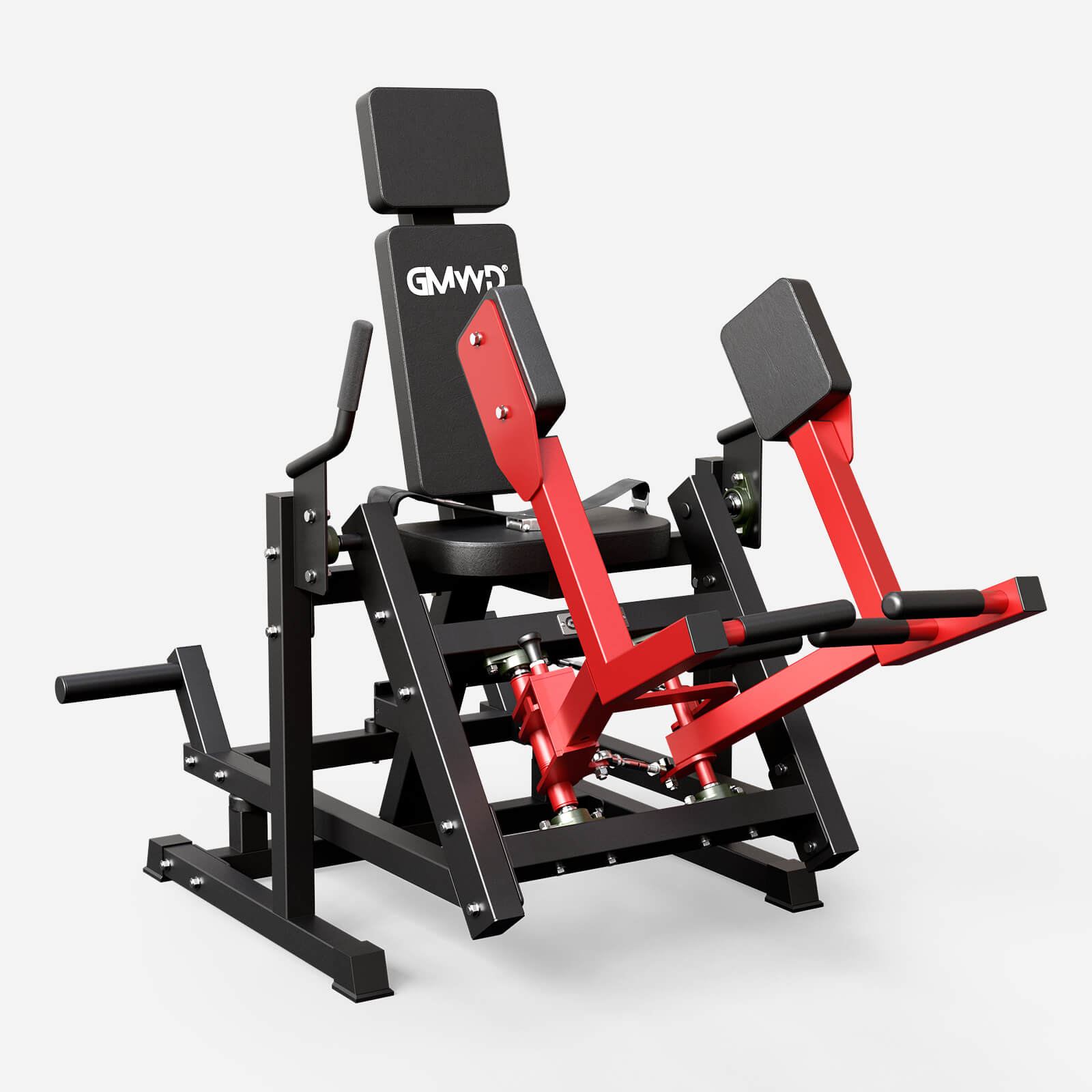
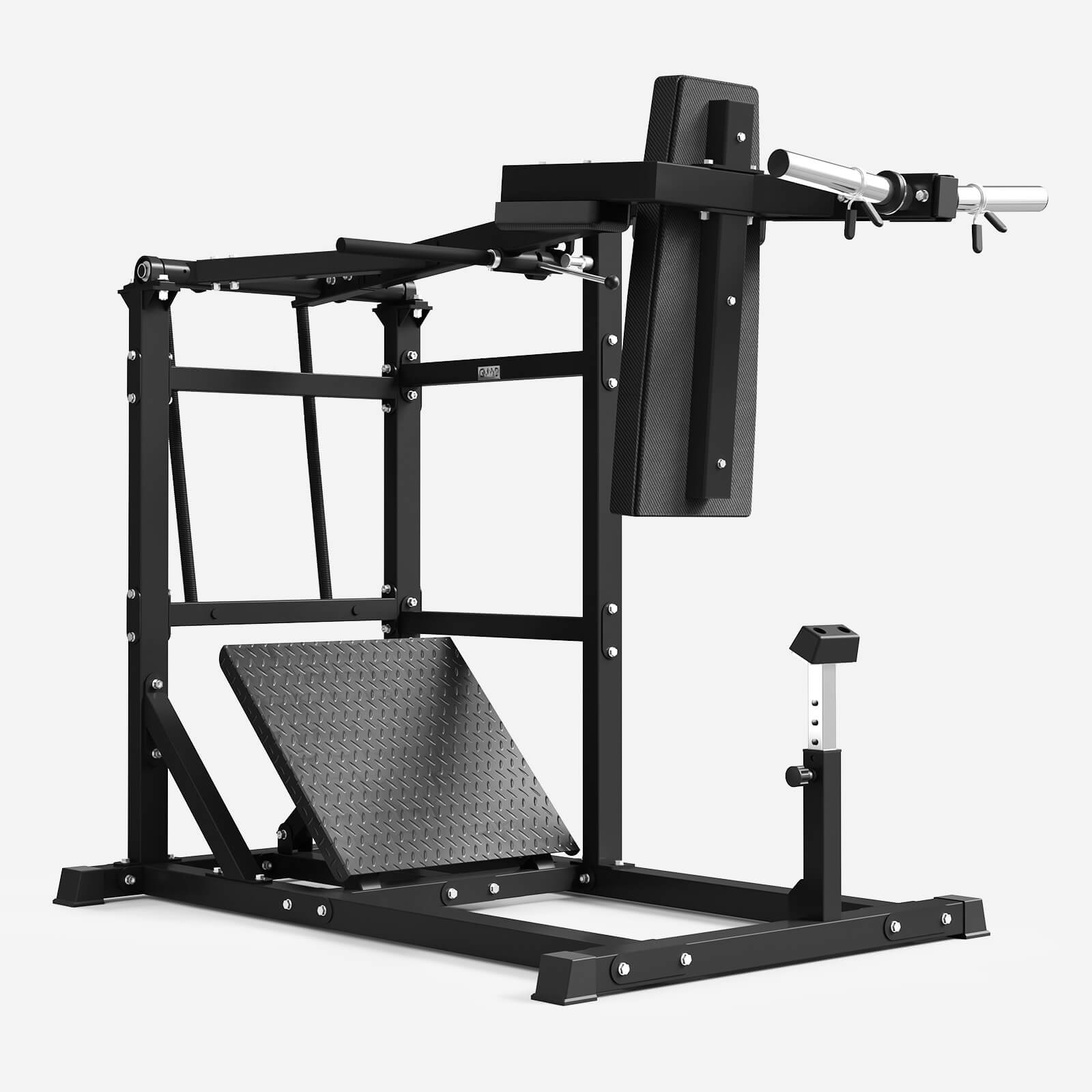

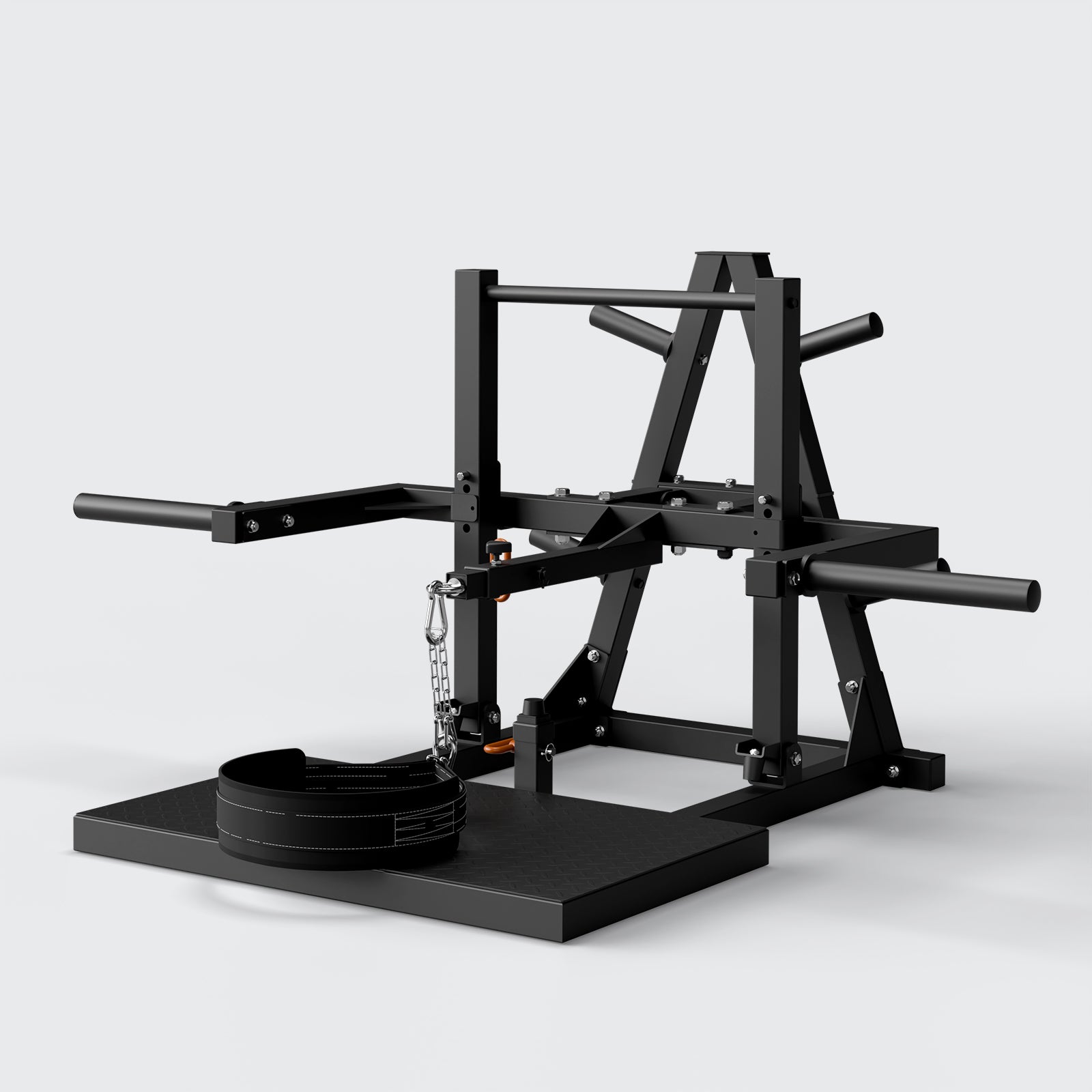



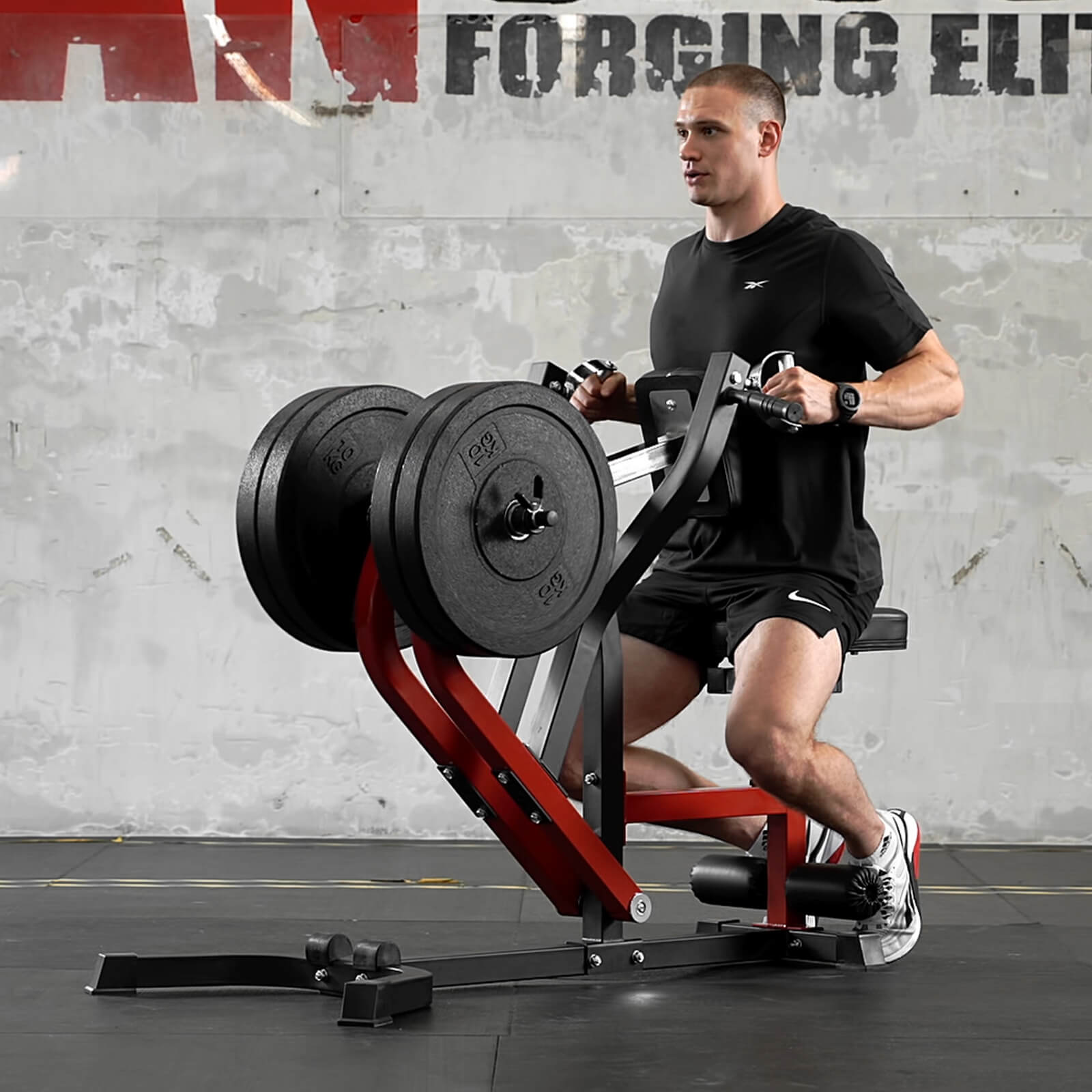
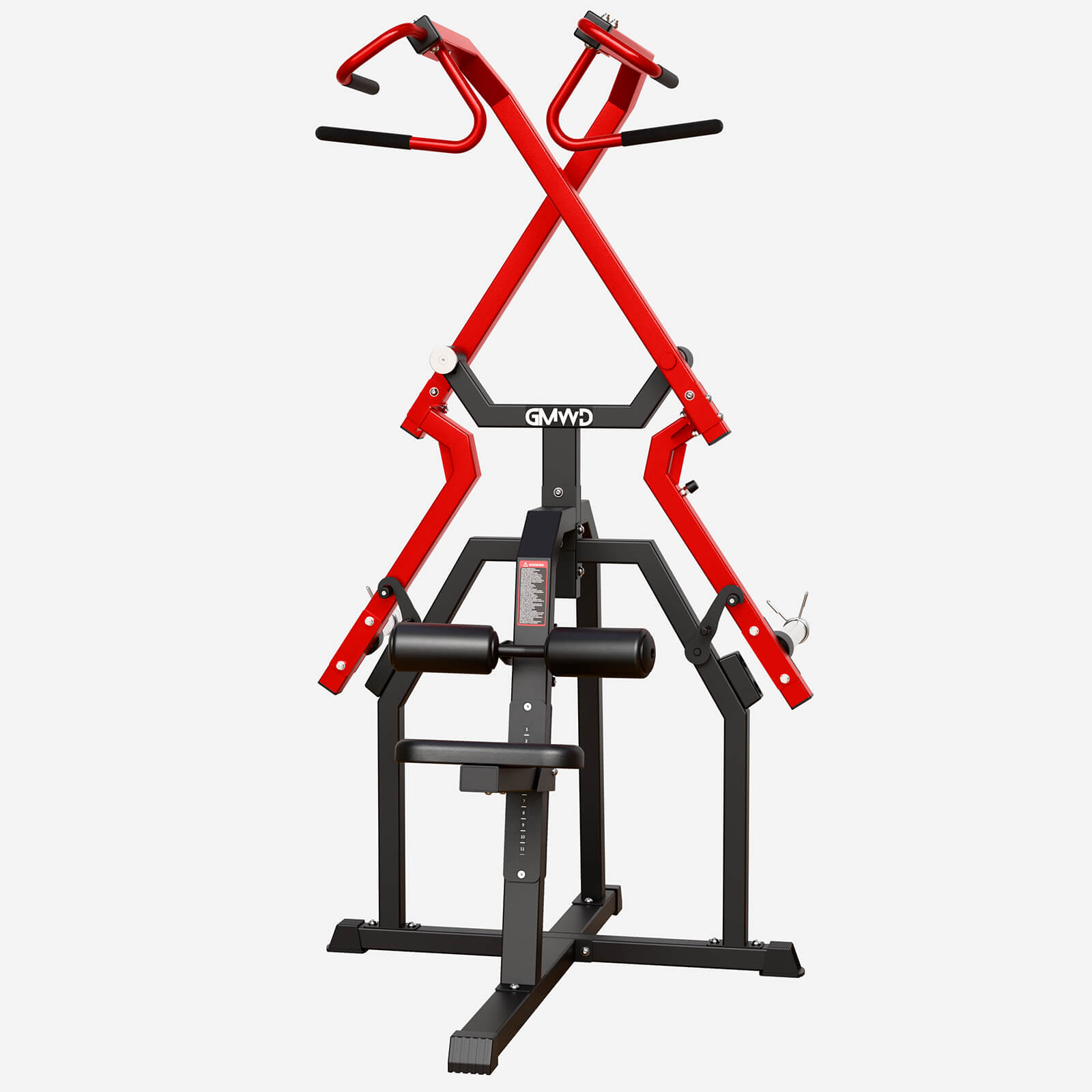



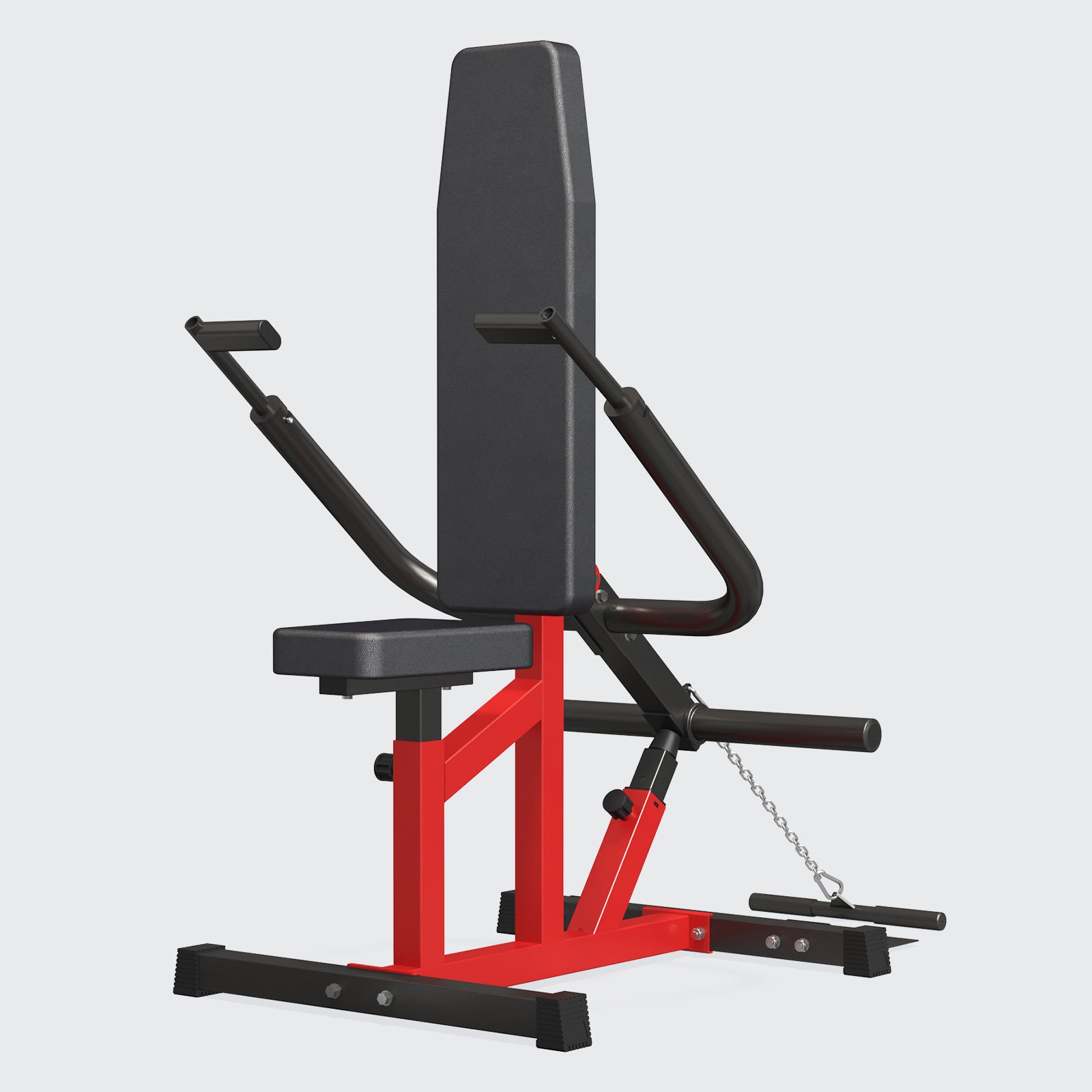
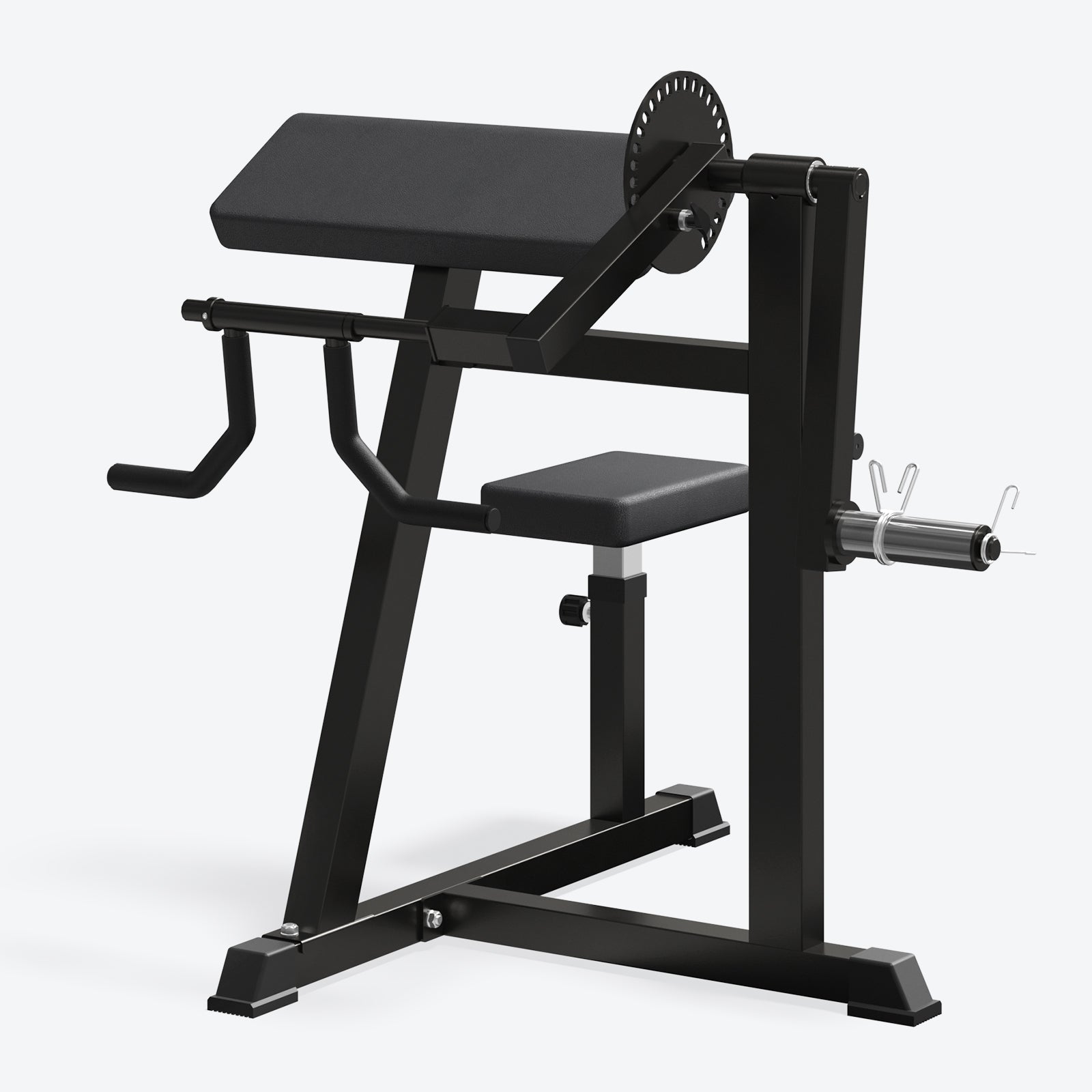
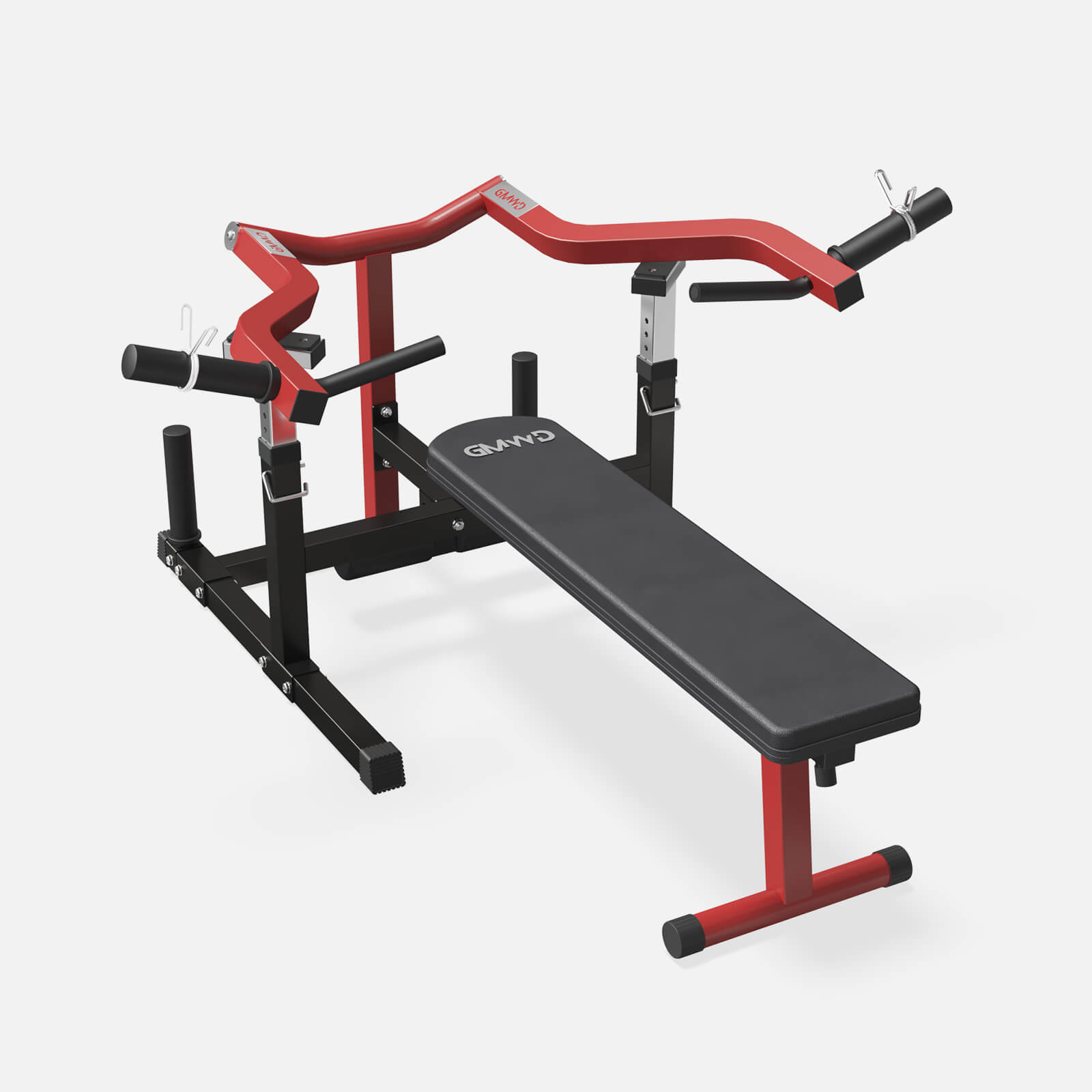
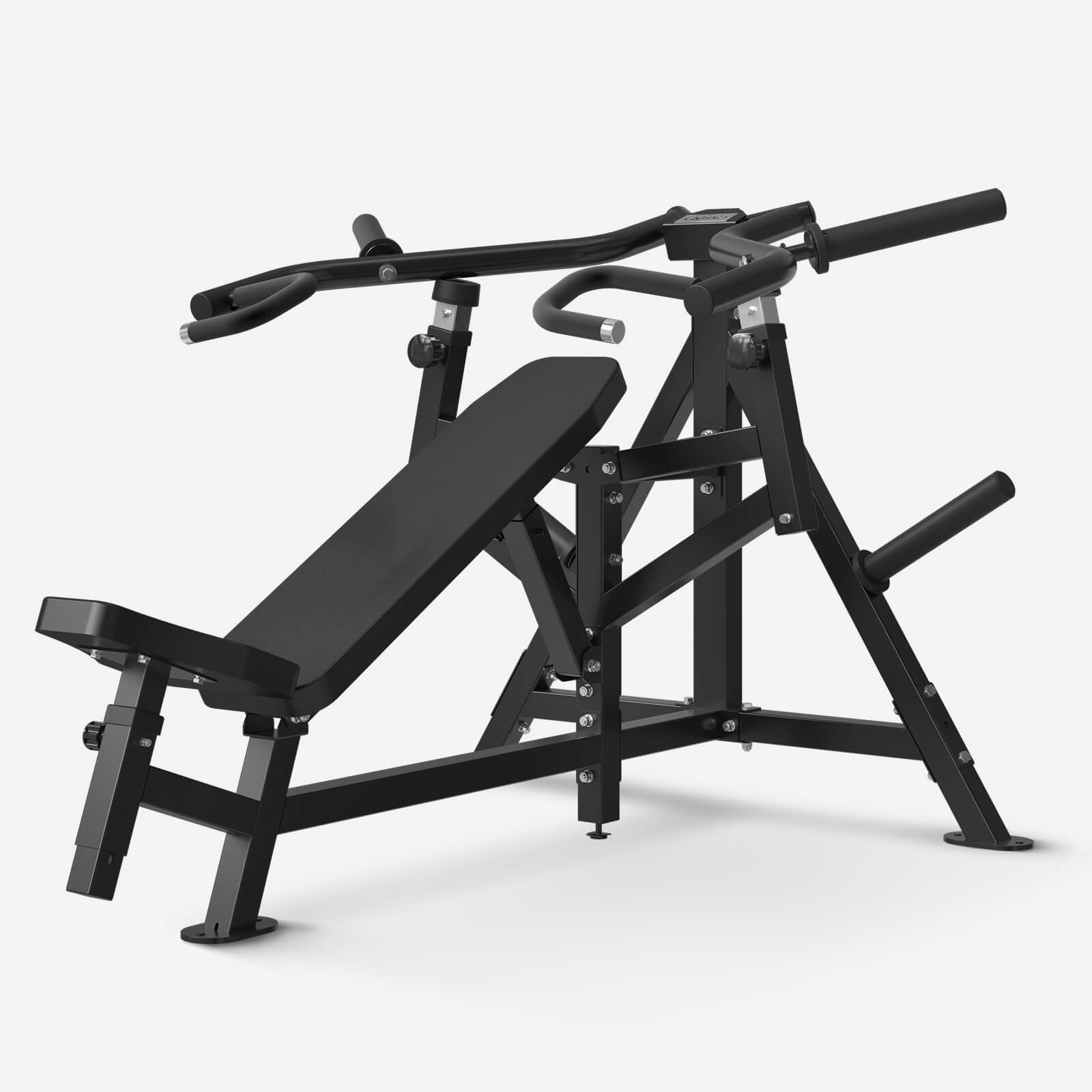
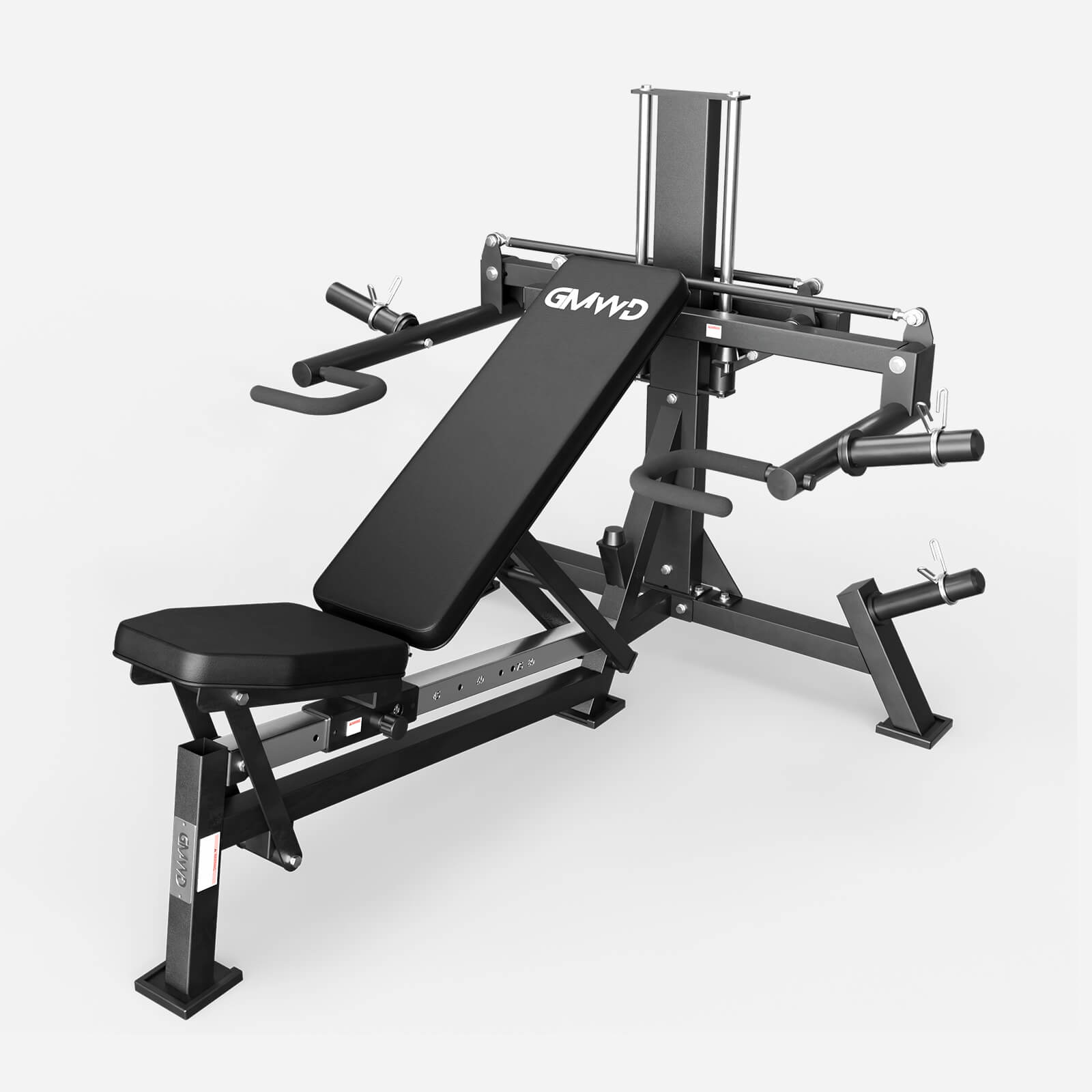
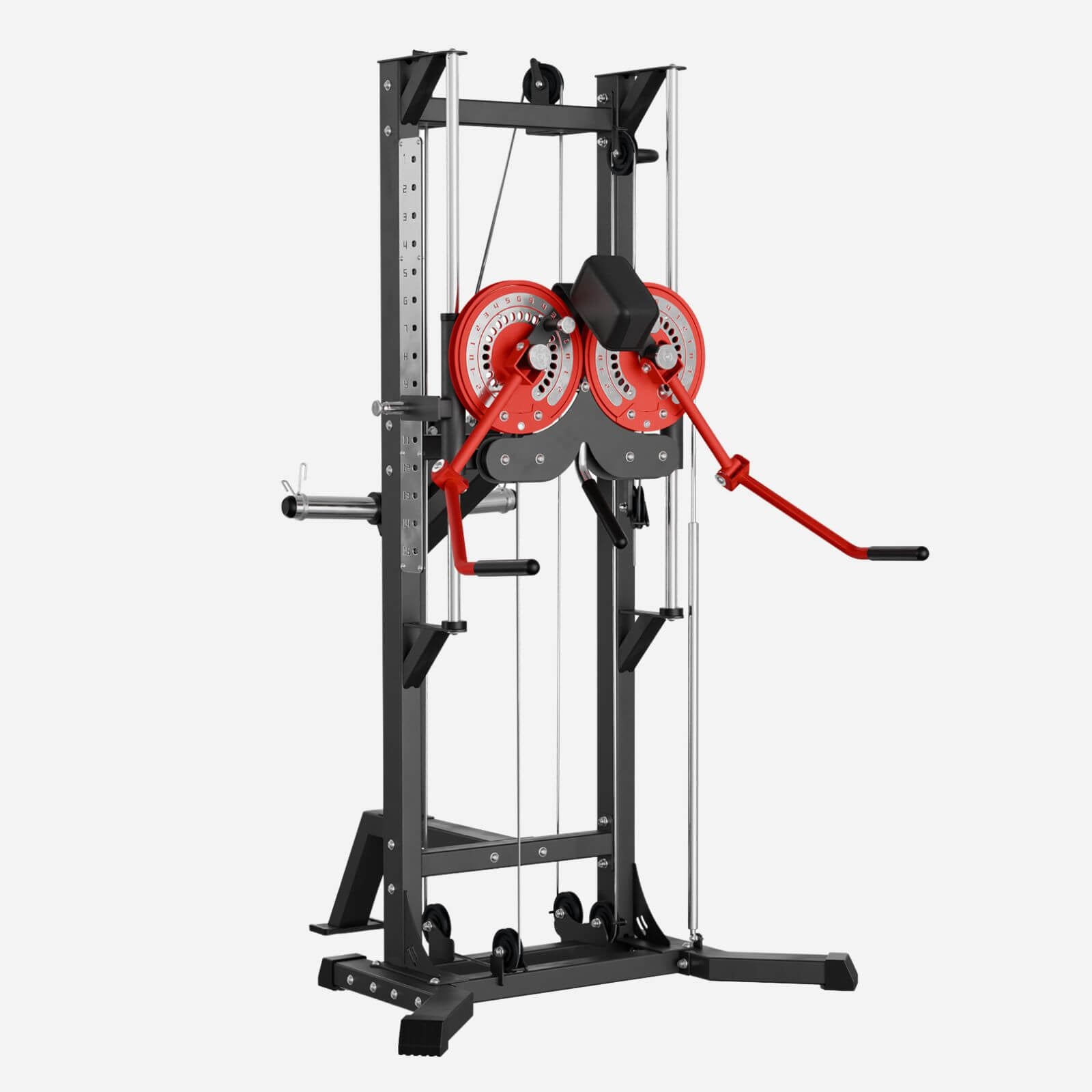


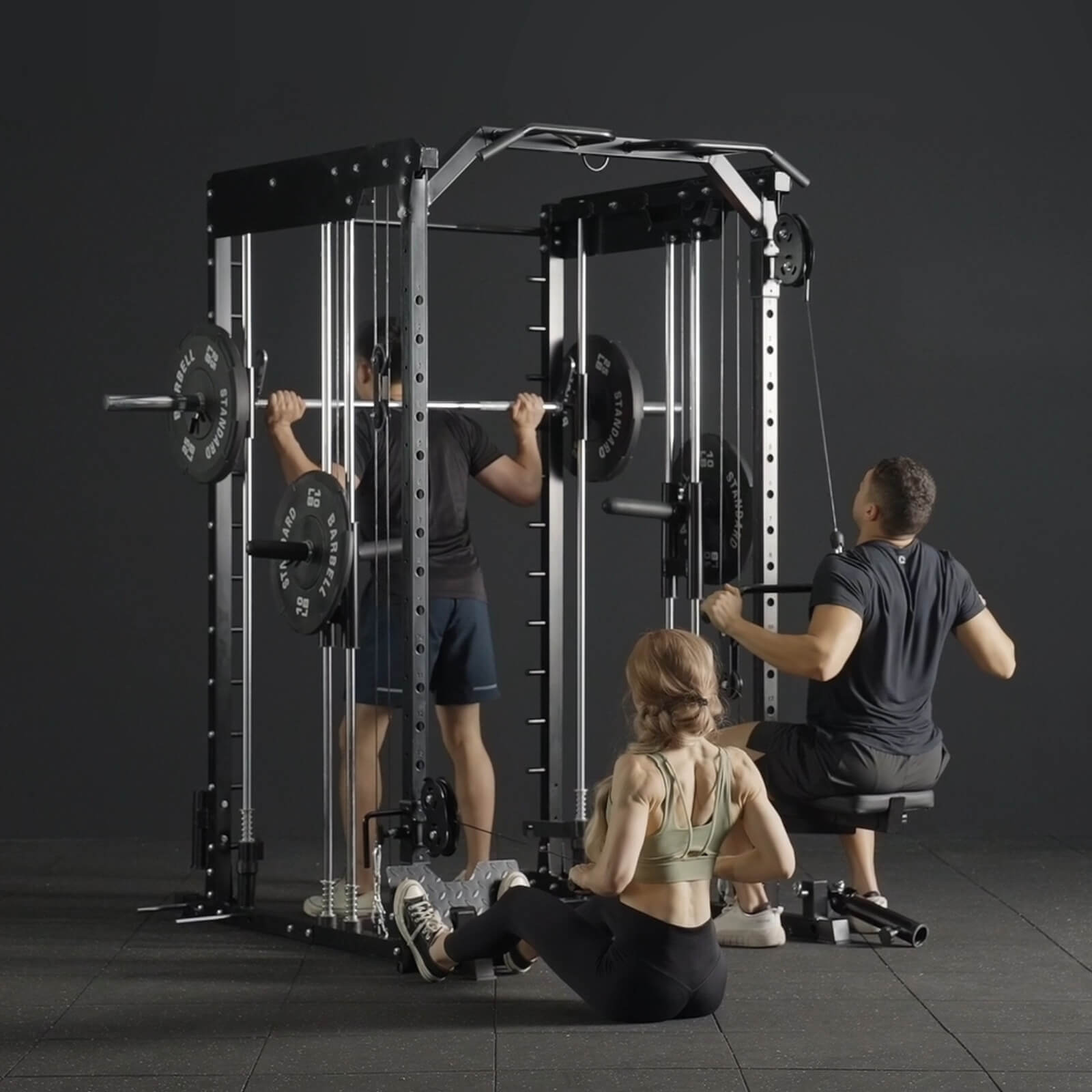
Leave a comment
All comments are moderated before being published.
This site is protected by hCaptcha and the hCaptcha Privacy Policy and Terms of Service apply.